2022 Theme: Airports of Tomorrow
The 2050s aviation landscape will incorporate new technologies and designs, enabling new aircraft to fly safer, faster, cleaner, and quieter. This future landscape includes the use of alternative fuels (electric, hydrogen, ammonia, sustainable aviation fuel, etc.), increased efficiency in the use of existing fuels, and changes to the shapes and designs of commercial aircraft. These advancements will require infrastructure updates or design overhauls to existing or new airports. Blue Skies challenges teams to evaluate the future landscape and propose designs to accommodate the new technology in an “airports of tomorrow” concept.
Through the Blue Skies Competition, teams of 2 to 6 students designed a 2050s airport (focusing on the exterior of the airport) that can support the climate friendly planes and aviation markets of the future. As aviation technologies and markets change, new airport designs will be needed to support them.
Based on the review of research paper submissions, 8 teams were chosen to present their findings in a competitive design review during the Gateways to Blue Skies Forum at NASA’s Langley Research Center in Hampton, VA on June 2-3, 2022. Each finalist team received a monetary award to facilitate full participation in the Forum. Members from the winning teams earn internship opportunities with NASA’s ARMD.
Click the images to view full-size versions of the infographics.
Click the Project Title to view each team’s research paper.
Carnegie Mellon University
Project Title: Sustainability and Connected Autonomy: A New Era for Aviation
Advisor: Dr. Sebastian Scherer
View Video
**FIRST PLACE**
Invitation to present to Airports Council International – North America
ohio state university
Project Title: Project ECOAir
Advisor: Ethan Rivera
View Video
**SECOND PLACE**
Invitation to present to Las Vegas Airport Strategic Planning Committee
UNIVERSITY OF PENNSYLVANIA
Project Title: Carbon Negative: A Modular Approach to Advancing Green Airport Infrastructure
Advisor: Dr. Jacqueline B. Kirtley
View Video
** MOST INTRIGUING CONCEPT **
Invitation to present to Las Vegas Airport Strategic Planning Committee
UNIVERSITY OF TEXAS, AUSTIN
Project Title: Bluebonnet Skies
Advisor: Dr. Shannon O’Brien
View Video
**BEST INFOGRAPHIC & PRESENTATION**
Invitation to present to Houston Airport System (HAS) and United Airlines FAA Terminal Renovation Projects
UNIVERSITY OF CALIFORNIA, IRVINE
Project Title: Blue Skies, Green Fuels, Bright Future
Advisor: Dr. Jacqueline Huynh
View Video
UNIVERSITY OF ILLINOIS, URBANA-CHAMPAIGN
Project Title: Modern Day Wright Brothers
Advisor: Dr. Leon Liebenburg
View Video
UNIVERSITY OF TEXAS, AUSTIN
Project Title: Airports Supporting
the Future of Aviation
Advisor: Dr. Lina Sela
View Video

STEVEN HOLZ
BLUE SKIES CO-CHAIR
Aerospace Engineer
Assistant Project Manager, University Innovation Project
NASA's Langley Research Center
Steven Holz became the Assistant Project Manager for the University Innovation (UI) Project in 2020. In this role, he supports NASA in educating the next generation of aeronautical innovators by providing opportunities for university-led teams to conduct research into transformative technology that supports NASA Aeronautics’ major research goals.
Holz began his career at NASA working on the Environmentally Responsible Aviation (ERA) Project as a Pathways Intern while finishing his graduate engineering coursework. After converting to a permanent civil service position, Holz worked conducting systems analysis as well as systems engineering for NASA projects including the Transformative Aeronautics Concepts Program’s (TACP) CAS X-Plane Study, the UAV Range Support for Hypersonic Flight Test Evaluation Study, Advanced Air Transport Technology Project’s (AATT) AATT’s SUGAR Truss-Braced Wing, the Aeronautics Evaluation and Test Capabilities (AETC) Program, and the Air Traffic Management eXploration (ATM-X) Project. In addition to his NASA Aeronautics work, Holz supports NASA’s work with small business through the SBIR program, and advocates for diversity and inclusion through leadership in NASA’s Employee Resource Groups.
He received his Bachelor’s in Mechanical Engineering and Master’s in Industrial Engineering from the University of Central Florida (UCF).
STEVEN
HOLZ
BLUE SKIES CO-CHAIR
NASA LANGLEY RESEARCH CENTER

MINA CAPPUCCIO
BLUE SKIES CO-CHAIR
Deputy Project Manager, University Innovation Project
NASA Ames Research Center
Mina Cappuccio is currently the Deputy Project Manager for the University Innovation Project. She obtained her BS and MS degrees in Mechanical Engineering from University of Massachusetts and Pennsylvania State University, respectively, and has more than 35 years of engineering experience.
Prior to joining the University Innovation Project team, Miss Cappuccio held supervisory/management positions in the Engineering Directorate. Her journey in the Engineering Directorate started as the Systems Engineering Branch Chief. After managing several projects, she was asked to manage the Spaceflight Projects Office (SPO). The SPO oversaw CubeSat missions to demonstrate new technologies, CubeSat launcher technologies, and space biology payloads for ISS and CubeSat missions. Miss Cappuccio became the division chief of the Engineering Systems Division, which provides engineering support to many aeronautics and space projects, and technology development across NASA Ames Research Center and other NASA centers.
In addition to positions within the Engineering Directorate, Miss Cappuccio spent 12 years as a project manager for many space transportation and technology development projects including X-37 Wing Leading Edge Thermal Protection System and Stratospheric Observatory For Infrared Astronomy (SOFIA) Science.
Miss Cappuccio started her career in Aeronautics as a researcher in propulsion-airframe integration for the High-Speed Research Program (HSRP) at NASA Ames Research Center and for military aircraft at Boeing.
MINA
CAPPUCCIO
BLUE SKIES CO-CHAIR
NASA AMES RESEARCH CENTER

DR. AZLIN BIAGGI-LABIOSA
Manager, Foundational Electric Aircraft Propulsion Subproject of the Transformational Tools And Technologies Project
NASA Glenn Research Center
Dr. Azlin Biaggi-Labiosa is the manager of the Foundational Electric Aircraft Propulsion Subproject of the Transformational Tools and Technologies Project within the Aeronautics Research Mission Directorate. She was born and raised in San Juan, Puerto Rico where, in 2008, she obtained a doctoral degree in Chemical Physics from the University of Puerto Rico. Shortly thereafter, she was employed by NASA’s Glenn Research Center (GRC) as a research-oriented electronics engineer in the Sensors and Electronics Branch, performing innovative research and development activities for chemical sensor applications and novel nano-based materials. As a result of her work in chemical-based sensor technologies, Dr. Biaggi has authored over 20 publications, 2 book chapters, and has 3 patents.
From 2014 – 2017, Dr. Biaggi served as project manager for the Nanotechnology Project of the Space Technology Mission Directorate. During that time, Dr. Biaggi also served as the NASA representative for the Nanoscale Science, Engineering and Technology subcommittee (NSET). The NSET subcommittee coordinates planning, budgeting, program implementation, and review of the National Nanotechnology Initiative (NNI) under the White House Office of Science and Technology Policy. She later served as Project Manager for Electric Propulsion Development within the Solar Electric Propulsion Project (SEP) where she oversaw the development of a high-power Hall thruster, power processing unit and xenon flow controller to be used on solar electric propulsion missions.
Dr. Biaggi-Labiosa has numerous NASA and external awards. In 2010, she was recognized as a young Hispanic leader in the Cleveland community as a recipient of the Crain’s Cleveland Business Magazine Award 40 under 40 Club. Other awards include NASA Silver Medal Group Award (2014), several NASA Group Achievement Awards, NASA Tech Brief Award (2012), Outstanding Paper Award Winner for the Literati Network Awards for Excellence (2013), HENAAC Award – Most promising Engineer with a Ph. D. (2016) and the NASA Early Career Achievement Medal (2018). She enjoys the beach, skiing with her family, and playing the piano in her spare time.
DR. AZLIN
BIAGGI-LABIOSA
NASA GLENN RESEARCH CENTER

CJ BIXBY
Chief Engineer
NASA Armstrong Flight Research Center
Cynthia J. “CJ” Bixby is the chief engineer at NASA’s Armstrong Flight Research Center in Edwards, California. Appointed to this position in October 2020, she provides independent technical guidance and oversight to Armstrong flight projects and programs to ensure conformance with center and agency standards, policies and processes. In addition, as chair of the Airworthiness and Flight Safety Review Board, she determines and provides the appropriate level of independent technical review for each project prior to flight.
Bixby has been the deputy director for the Research and Engineering Directorate at NASA Armstrong since February 2019. Previously, she served as the chief of the Systems Engineering and Integration (SE&I) Branch. Prior to becoming chief of the SE&I Branch, she was chief of the Flight Systems Branch.
She began her career at Lockheed Martin where she participated in integrating aircraft systems in preparation for flight and planned and executed developmental and experimental flight tests on several aircraft.
Bixby came to NASA Armstrong as a contractor in 2002, working as a flight system engineer on C-17 REFLECS and ACCESS 5 projects. She began her federal career at NASA Armstrong in 2006, participating in systems engineering efforts on Orion Pad Abort testing, Unmanned Aircraft Systems Integration in the National Airspace System and Adaptive Compliant Trailing Edge flight experiment.
Bixby holds a Bachelor of Science degree in physics from University of Puget Sound in Tacoma, Washington. She is the recipient of a NASA Outstanding Leadership Medal.
CYNTHIA J.
"CJ" BIXBY
NASA ARMSTRONG FLIGHT
RESEARCH CENTER

DR. NAT BLAESSER
Aerospace Technologist
NASA Langley Research Center
Dr. Nathaniel "Nat" Blaesser is a researcher within the Aeronautic Systems Analysis Branch at NASA Langley Research Center. His work focuses on the design of advanced aircraft concepts, including electric and hybrid-electric vehicles. Recently, he has been working on understanding the facets of Regional Air Mobility, including vehicle design and required airport infrastructure to enable smaller electrically-powered aircraft to complete cargo and passenger carrying operations.
DR. NATHANIEL
"NAT" BLAESSER
NASA LANGLEY RESEARCH CENTER

DR. JOHN CAVOLOWSKY
Director, Transformative Aeronautics Concepts Program
NASA Aeronautics Research Mission Directorate (ARMD)
Dr. John Cavolowsky is responsible for the overall planning, management and evaluation of ARMD’s efforts to cultivate revolutionary concepts, tools, and technologies that enable aviation transformation. The Transformative Aeronautics Concepts (TAC) program solicits and encourages ideas, creates the environment for researchers to experiment with those ideas, explores broadly critical technologies, develops new computational and experimental tools, performs ground and small-scale flight tests, allows failures and learning from them, and drives turnover into future concepts and first-of-a-kind capabilities. He also supports the ARMD associate administrator in a broad range of mission directorate activities, including strategic planning and external coordination.
Previously, Dr. Cavolowsky was director of the Airspace Operations and Safety Program, where he led overall planning, management and evaluation of ARMD’s efforts in foundational air traffic management and operational safety research that enables development of revolutionary improvements to, and modernization of, the National Airspace System.
Prior positions include: director of the former Aviation Systems Program, deputy program director and associate program manager for the Airspace Systems Program, and project manager for the Human Measures and Performance Project.
Dr. Cavolowsky began his NASA career at Ames Research Center in 1989 as a technical lead and research manager for aerothermodynamics, addressing research and development challenges in hypersonic propulsion and thermal protection systems. He also served as a technical manager for aerospace programs in the Office of the Center Director at Ames, and has published more than 25 technical papers.
Dr. Cavolowsky has a Bachelor of Science degree in mechanical engineering from the Massachusetts Institute of Technology, and master’s and doctoral degrees in mechanical engineering from the University of California at Berkeley.
DR. JOHN
CAVOLOWSKY
NASA AERONAUTICS RESEARCH
MISSION DIRECTORATE (ARMD)

CURTIS HEDGEPETH
Airport Operations Manager
Harry Reid International Airport (LAS)
Curtis Hedgepeth is the Airport Operations Manager at Harry Reid International Airport (LAS) and the former Communications Control Manager overseeing the airports Control Center, Ramp Control program, and airline billing/scheduling program. He holds a Bachelor of Science in Aeronautics, and a Master of Science in Management from Embry-Riddle Aeronautical University. His career experience includes airport operations and air traffic control at a variety of airport/airfield layout types including military, regional, and international airports.
Hedgepeth currently serves as a sub-committee member on the Next-Gen Implementation Working Group (NIWG) supporting the development of airport implementation strategies for Federal Aviation Administration (FAA) Collaborative Decision Making (CDM) initiatives, and serves as a Strategic Plan team lead for Harry Reid International Airport (LAS).
Several notable technological accomplishments include the co-development of a real-time commercial gating/scheduling software tool known as GateVue with L3Harris Corp., and the co-development of a General Aviation departure scheduling tool known as PACER with MITRE Corp. Hedgepeth is currently working with his own engineering team to develop a cloud based reservation tool that could be used to mitigate future parking constraints at airport Fixed Based Operators (FBO’s).
CURTIS
HEDGEPETH
HARRY REID
INTERNATIONAL AIRPORT (LAS)
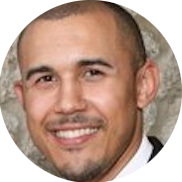
DR. MARCUS JOHNSON
Aerospace Flight Systems Engineer
Project Manager for High Density Vertiplex Subproject of the Advanced Air Mobility Project
NASA Ames Research Center
Dr. Marcus Johnson serves as Project Manager in the Aviation Systems Division at the NASA Ames Research Center where he has conducted research on unmanned aircraft systems (UAS) since 2012. Dr. Johnson also serves as Adjunct Professor in the Aviation Department at Everglades University – Boca Raton Campus where he has been a member of the faculty since 2019.
Dr. Johnson completed his Ph.D. and undergraduate studies from the Mechanical and Aerospace Department at University of Florida. He started his career working as an avionics intern for the Space Shuttle Program and has worked on applications such as: adaptive flight control for an F-18, flight control development for commercial aircraft (747-8 / 787), developmental aircraft (Boeing Phantom Eye, Vulture), and remotely piloted aircraft (X-48C) and detect and avoid (DAA) technology development for UAS (NASA Ikhana).
Dr. Johnson leads the development of the Unmanned Aircraft System (UAS) Traffic Management (UTM) Project which is an automated cloud-based system designed to manage small UAS (55lbs or less) flights at low-altitude airspace (~400 ft and below). Marcus also led the formulation of the Urban Air Mobility (UAM) National Campaign which is spearheading the era of aviation by leading the development and testing of novel electric vertical take-off and landing (eVTOL) aircraft within a UTM-like environment to carrying passengers and cargo.
Dr. Johnson’s current research focuses on the automation of vertiport operations for UAM to accommodate high density eVTOL traffic in urban environments. He also serves as a subject matter expert on UAS integration and DAA for UAS in numerous industry and government forums, including ISO, ASTM, RTCA, Joint Authorities for Rulemaking on Unmanned Systems (JARUS), UAS Science and Research Panel (SaRP). Dr. Johnson has spearheaded the development and expansion of UTM to support disaster response missions domestically and internationally, and DoD/DHS security operations.
DR. MARCUS
JOHNSON
NASA AMES RESEARCH CENTER

CHRIS OSWALD
Senior Vice President, Safety & Regulatory Affairs
Airports Council International - North America
Chris Oswald is the Senior Vice President for Safety and Regulatory Affairs at Airports Council International - North America (ACI-NA). In this role, he has primary responsibility for ACI-NA's activities in safety, capacity, operations, design and other airport technical and regulatory issues. He advocates for airport operator interests in airport technical and regulatory forums in the United States, Canada, and internationally and—with the support and involvement of ACI-NA member airports—develops best practices, policy positions, and technical guidance for the North American airport community.
Oswald has over 25 years of experience in the airport industry, both with ACI-NA and airport consulting firms where he specialized on provided airspace, airfield, and master planning.
He holds a bachelor’s degree in engineering from Harvey Mudd College in Claremont, California and a master’s degree in Civil Engineering from the University of Texas at Austin.
CHRIS
OSWALD
AIRPORTS COUNCIL INTERNATIONAL
- NORTH AMERICA




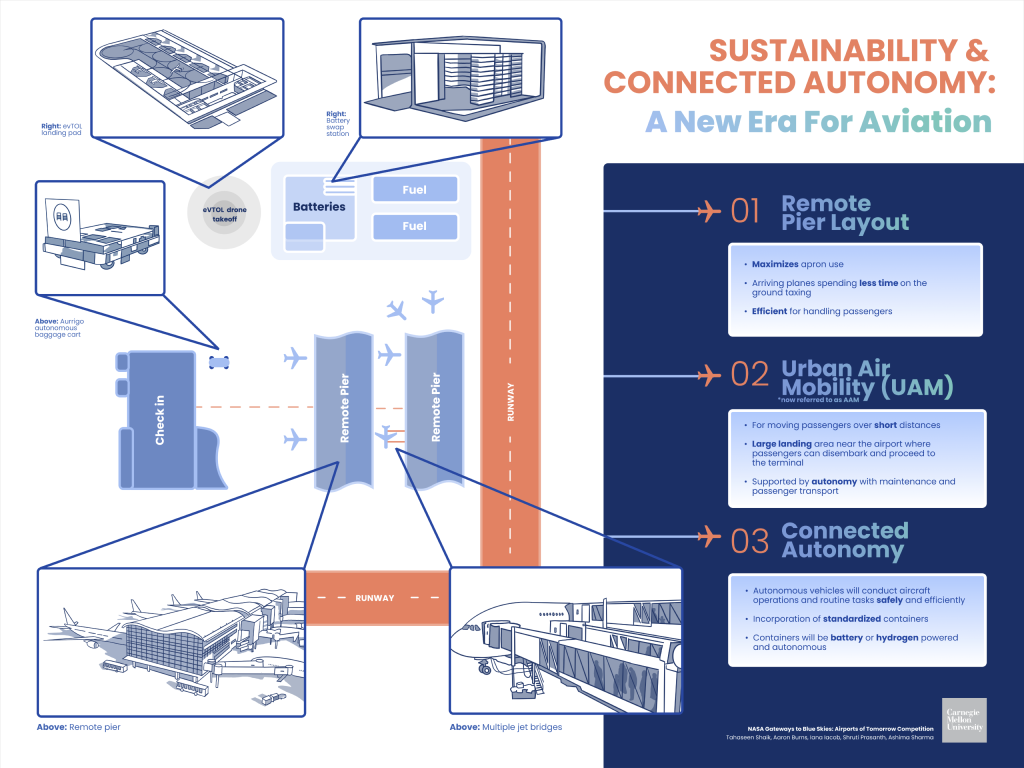
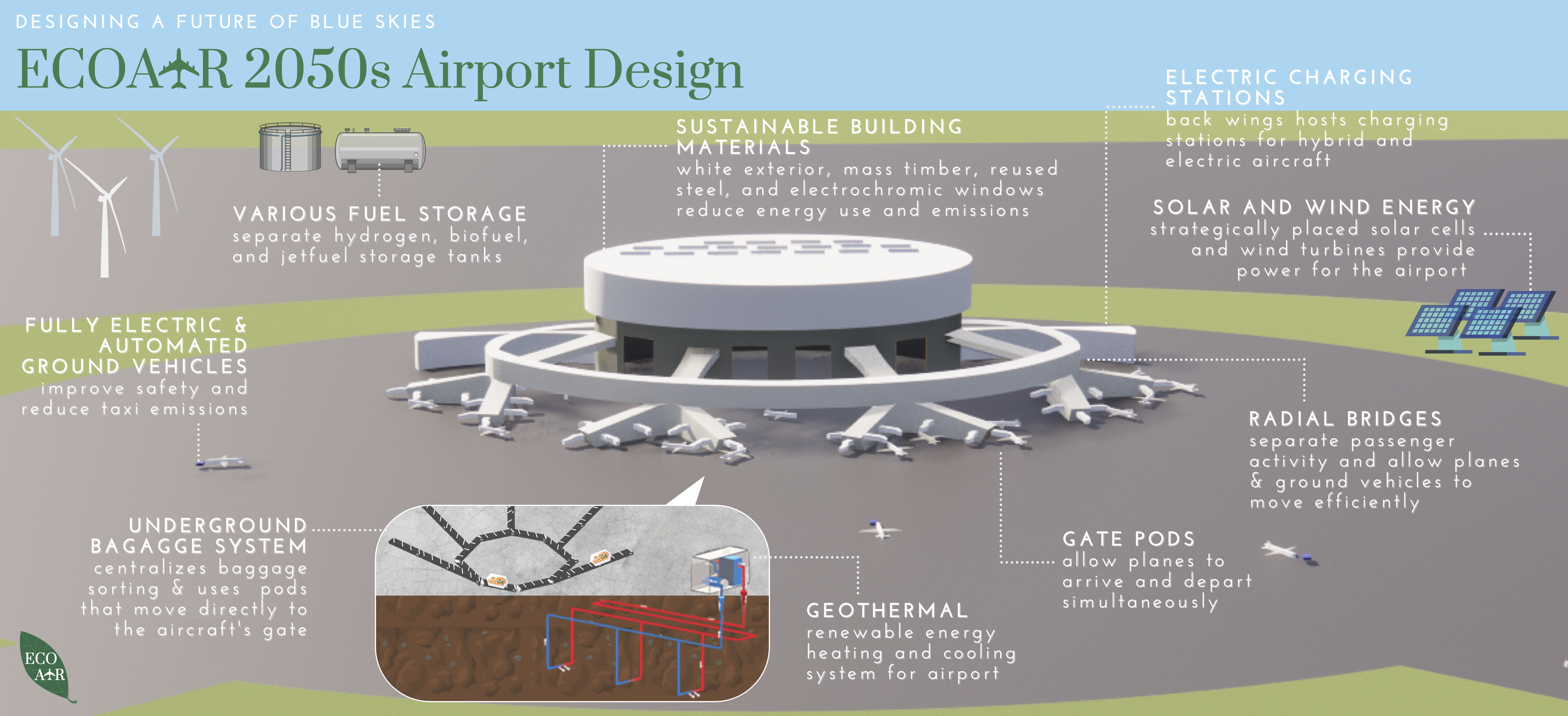
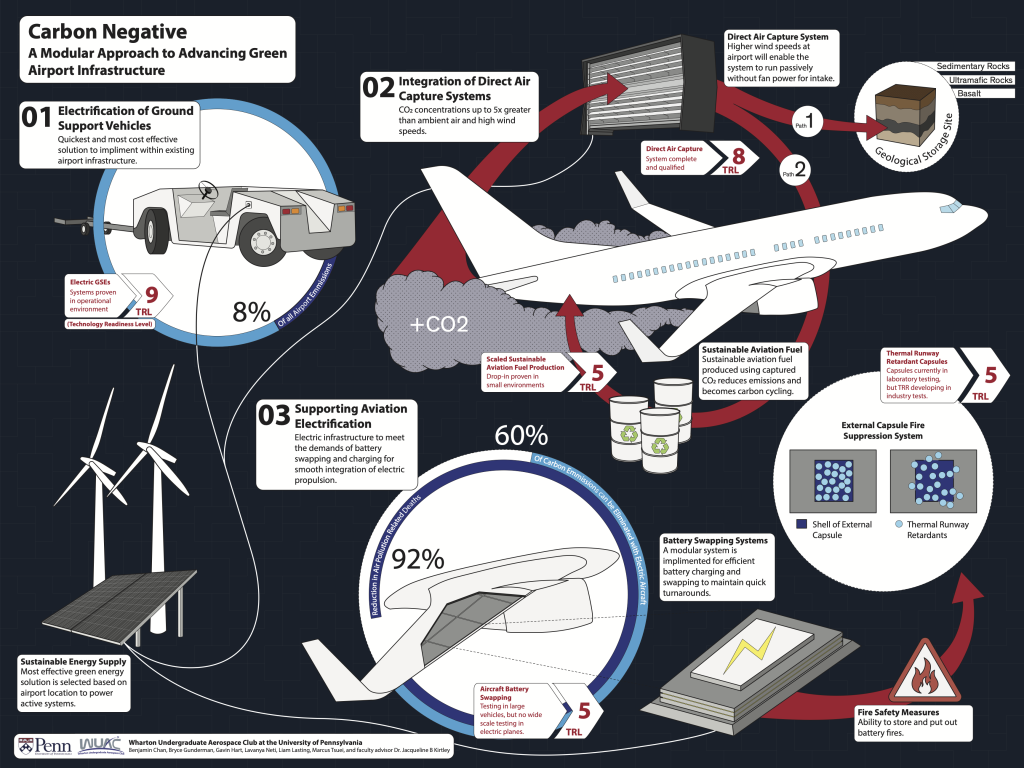
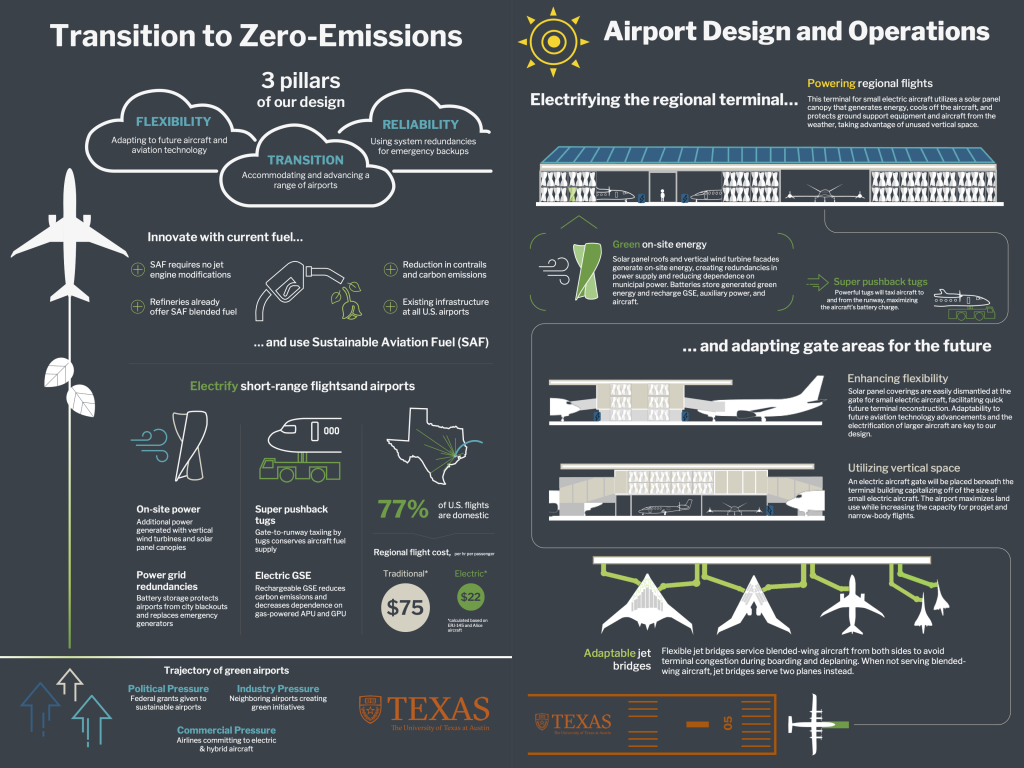
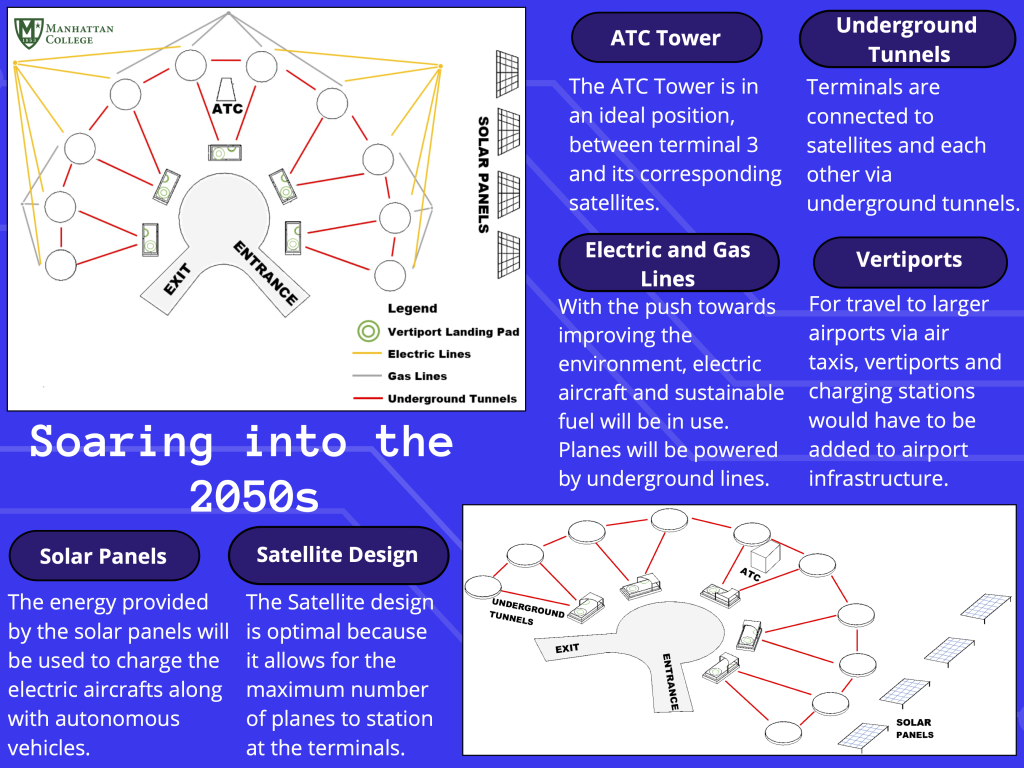
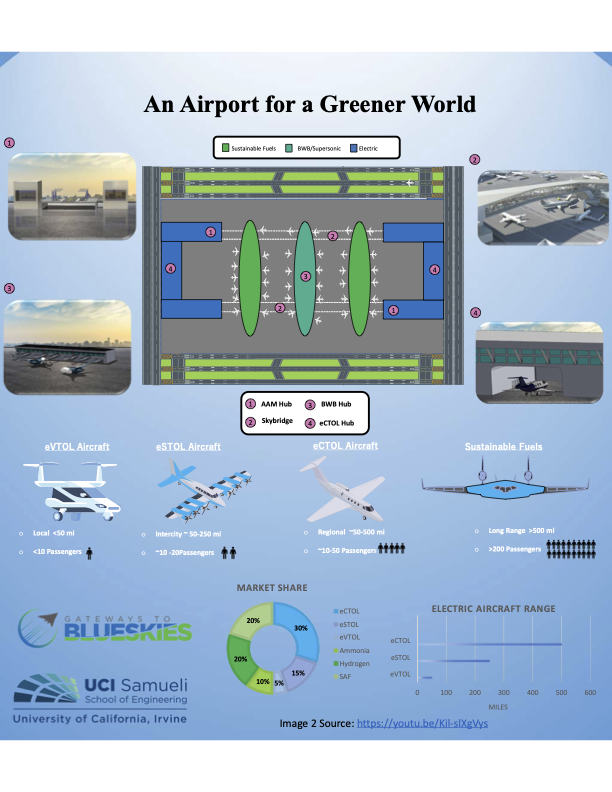
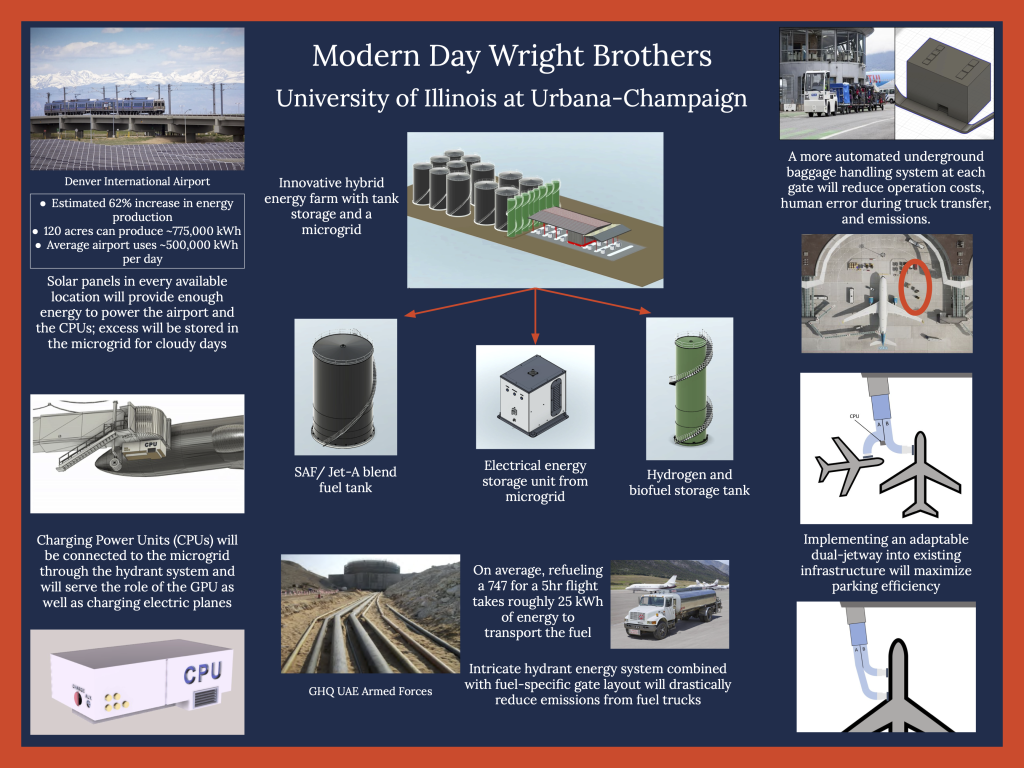
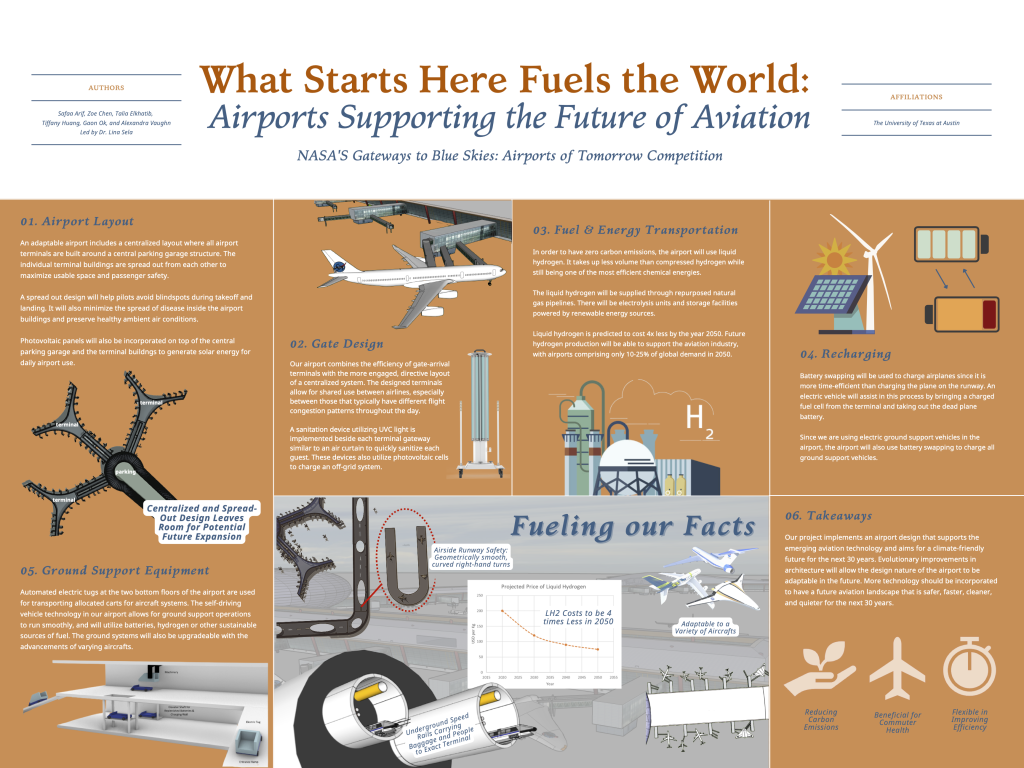
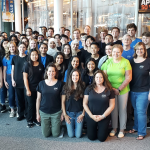
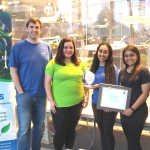
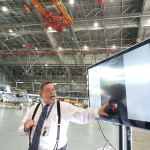
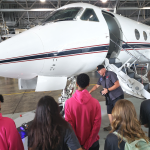
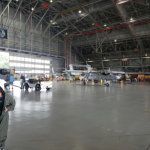

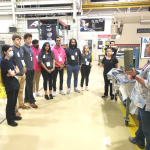
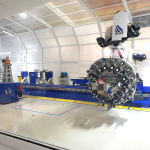
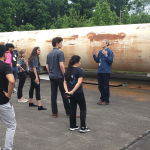
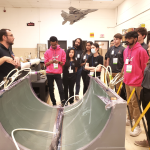
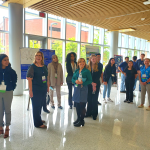
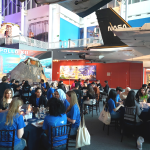

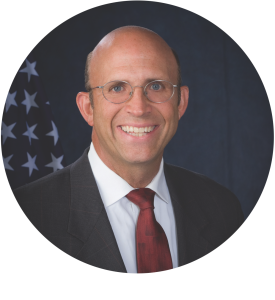 Dan Martin
Dan Martin Cordelia Hiers-Brady
Cordelia Hiers-Brady Shawn Engelland
Shawn Engelland George Burba
George Burba CJ Bixby
CJ Bixby
 Jay Stalnacker
Jay Stalnacker Charles Sheehe
Charles Sheehe Travis Potter
Travis Potter Amy McCluskey
Amy McCluskey Dr. Shanna McClain
Dr. Shanna McClain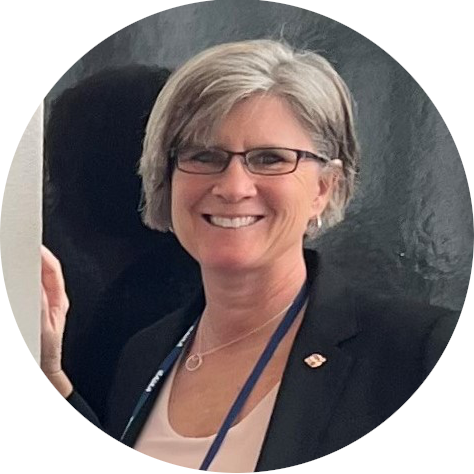 Peggy Cornell
Peggy Cornell Matthew Boucher
Matthew Boucher Susan Bayley
Susan Bayley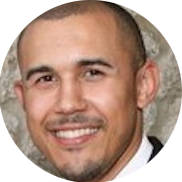 Dr. Marcus Johnson
Dr. Marcus Johnson Genevieve Ebarle
Genevieve Ebarle Stacy Dees
Stacy Dees Shelley Spears
Shelley Spears Janice Kurbjun Miller
Janice Kurbjun Miller Mina Cappuccio
Mina Cappuccio Craig Nickol
Craig Nickol Jeanne Yu
Jeanne Yu Devin Pugh-Thomas
Devin Pugh-Thomas Mani Gavvalapalli
Mani Gavvalapalli Phil Kenul
Phil Kenul Koushik Datta
Koushik Datta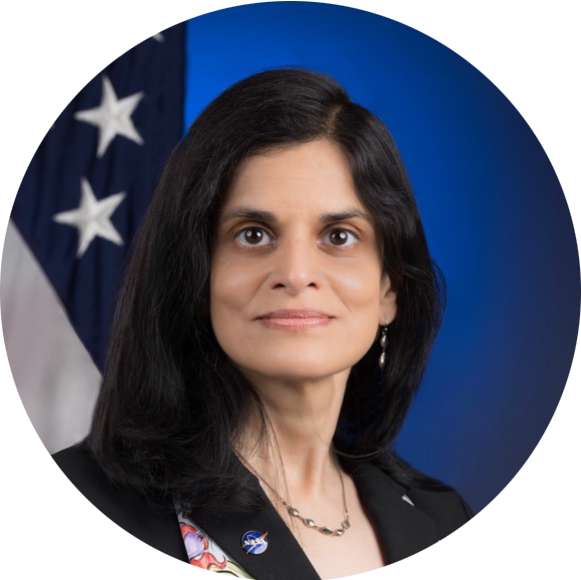 Dr. Natasha Neogi
Dr. Natasha Neogi Starr Ginn
Starr Ginn Steven Holz
Steven Holz Andrew Provenza
Andrew Provenza